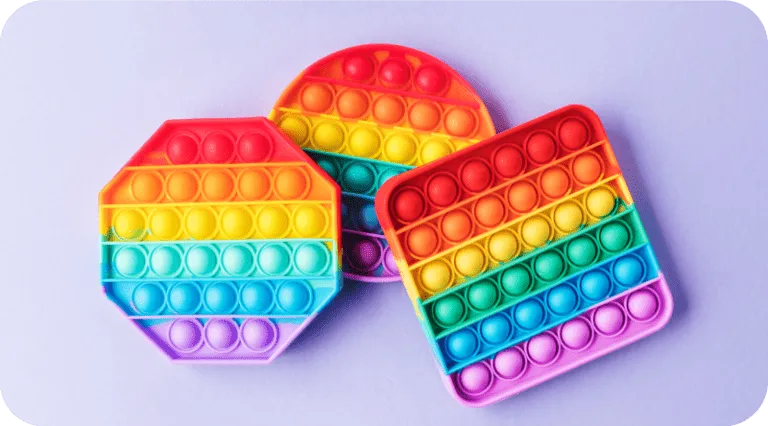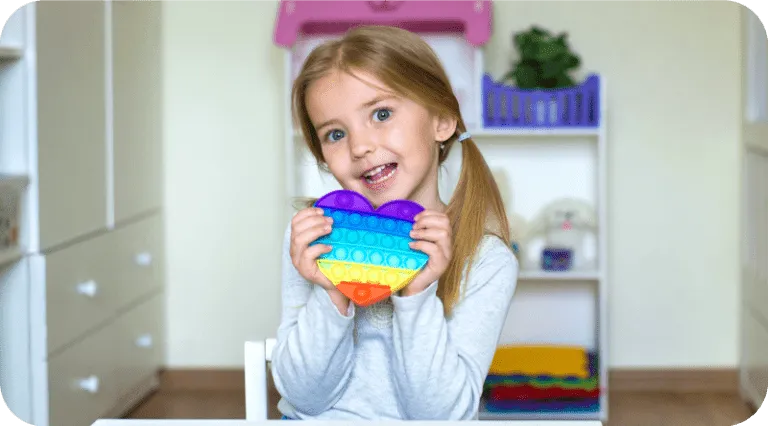Hand flapping may be one of the most well-known and talked about “stims” when it comes to children so parents who see their child flap their hands may grow concerned.

When Hand Flapping is a Stim
- Biting your nails
- Twirling your hair
- Tapping your foot
- Drumming your pencil on a surface
- Doodling on your paper
- Rocking in place
- Biting their shirt, another object or themselves
- Spinning in circles
- Staring at stationary moving objects such as ceiling fans when rotating
- Pulling their own hair or repetitively pulling/holding the hair of others
- Staring at bright lights
- Banging their heads
- Hanging upside down off the couch


When Hand Flapping is a Stim
- It gets in the way of the young child playing or engaging with their environment for an extended period of time on a regular basis.
- The stim begins to cause them to become excluded and interferes with the child making any friends.
- The stim interferes with learning to the extent that the child is incapable of focusing long enough to engage in a learning activity such as in the school environment.
- The child engaging in the stim results in self-harm to the child. In a typically developing child stims usually will not present themselves to the point that one of the above occurs. However, there are medical conditions, such as autism, where stims can reach these levels and where intervention is recommended.
- Deficits in social communication or interaction with others such as a lack of eye contact or delayed communication skills
- Deficits in developing, maintaining or understanding relationships such as not wanting to engage with their peers in play
- Having restricted, repetitive patterns of behavior, interests or activities
How to Handle a Concerning Stim

If you truly feel a stim is harmful or occurs too often consider taking the following steps:
Step 1. First rule out a medical condition that could be contributing to your child stimming. For example, if they are banging their head a great deal suddenly then it could be a sign that they have an ear infection that requires attention.
Step 2. Provide opportunities for exercise for your child. Exercise provides proprioceptive input for your child which helps regulate their system and keeps them on an even keel throughout the day. In this way it is a proactive way to help your child not feel the need to engage in stims as they will already feel in better control of themselves
Step 3. Consider why your child is engaging in the stim in the first place. If you see them coming home from school wound up and overstimulated then consider other outlets for them to use to help deal with that anxiety such as building them a calm, safe place or encouraging an after-school nap. Perhaps their teacher is reporting that they are stimming during class when they are required to sit for long periods of time. For this type of circumstance, you could ask if your child could sit on a therapy ball, you could teach them small movements they can do in their chair or have them ask to get a movement break. There are many ways we can help our children learn to deal with anxiety, frustration or the need to move and the more tools they have to use, the better they will be able to cope with their day.
Step 4. Consider alternative tools which can be provided to your child. If your child likes to bite their nails you could consider giving them a fidget spinner or a stress ball to squeeze to try to get input into their hands instead. If they like to bite their arm or shirt, there is something called chewelry (a mix of the words chew & jewelry) which can be bought to provide a safe alternative for your child to get the oral motor input they are desiring.

